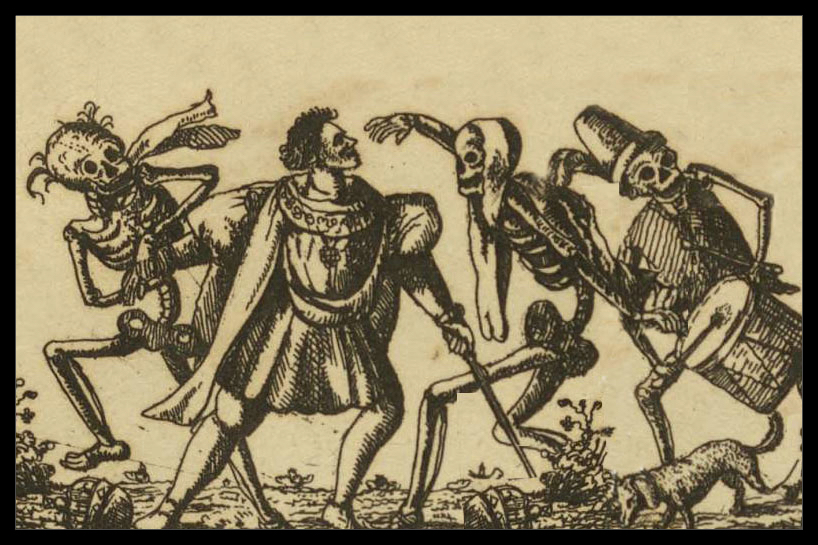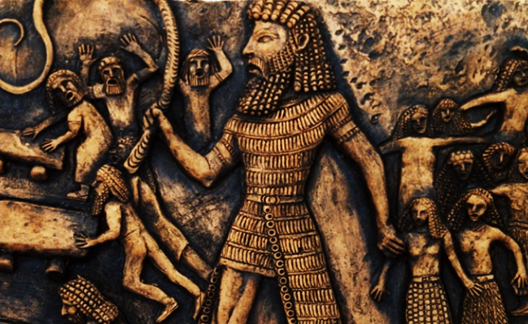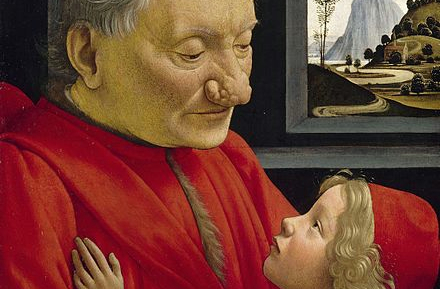What's It All About, Alfie?
Over my 80-year journey down my yellow brick road of life, there have been nearly as many explanations for Stonehenge as the years of my life. Our lack of knowledge is because there are no manuscripts about the phases of various construction periods, nor what the builders thought. Scientists think the initial construction was about 5,000 years ago, in the late Neolithic period. This artistic rendering is what the completed Stonehenge looked like.
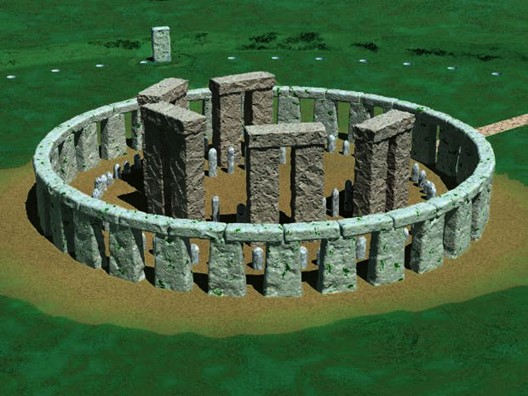
This is what the final phase of Stonehenge looked like.
After a handful of millennia, Stonehenge looks a bit weather-beaten.
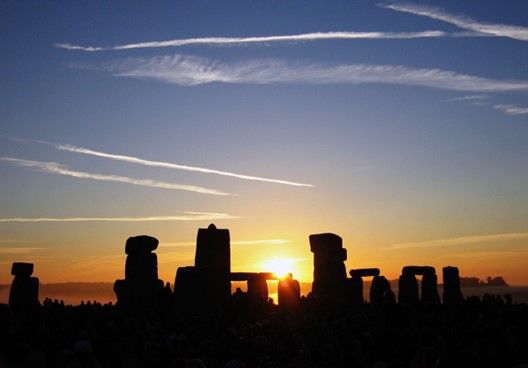
The summer solstice at Stonehenge
Stonehenge architects and builders were descendants of Neolithic farmers. Interestingly, they migrated from present-day Turkey in ca. 8500 BCE. Their DNA can be traced crossing from Europe into England ca. 4100 BCE.

Neolithic migration from Anatolia to England
No one has presented any definitive reason for the Stonehenge creation. The idea of the summer solstice heads the list. It is the longest day of the year. Nonetheless, what did those farmers gain from watching the Sun rise and set in a direct line between some large boulders weighing 10-30 tons? We can only theorize why they built it. Some contend that Stonehenge provides medicinal benefits. Others note that it is a burial site. The reasons for Stonehedge’s creation have been completely lost.
We know the locals used Stonehenge for the summer solstice, the year’s longest day. The winter solstice, which has the shortest day of the year of sunlight, creates a polarity. The two solstices expressed the seasonal differences between light and darkness.
Watch this timelapse video of the raising of the Sun during the summer solstice at Stonehenge.
There are other variations of Stonehenge over several millennia. Over 1300 Stonehenge-like structures still can be seen in England, Ireland, Scotland, and Brittany. They date back several millennia. Nonetheless, Neil deGrasse Tyson discovered a 21st-century one in New York City. Tyson named his finding...Manhattanhenge.

These various henges seem to have some interest in the two different solstices. They raise within my psyche the haunting question, “What’s it all about Alfie?”
I’m 80 years old, which seems to me to be positive rather than being 79 or 81. We tend to mark our decades in life as summer solstices. They are brighter and more alive than in other years, like 47 or 83. Those off-decade years are like winter solstices. Solstices are metaphors for us in our journey in life. We have a time of life and promise and a time of waning and darkness. That phenomenon occurs each year. Nevertheless, the decade milestones are exponentially more significant than off-decade years.
I feel good about being 80. That is the bright side of being in the eighth decade. While I never enjoyed math in school, I realize the number of additional decades in my journey down my yellow brick road is limited. Hopefully, I will reach 90, but I can do the math about my future to my tenth decade. So, what’s it all about, Alfie?
I have two takeaways in the form of a polarity. Enjoy your journey. Relish your time on your yellow brick road of life. The decade milestones are emotionally positive markers. Nonetheless, enjoy the off years. Enjoy both the summer and winter solstices. That is one end of the polarity.
The other end of the polarity concerns what constitutes enjoying your yellow brick road. The more you do for others, the more you will enjoy the journey. My mantra is that the more you give, the more you get. That is not counterintuitive. If one’s life is devoted to that person, that person will be less happy. As you get older and older, the more you will grasp that truism.
I was fortunate enough to have two dances with death. Those experiences caused me to understand living far more thoroughly. Realizing that you might have died causes you to come alive. I would not want to relive my two dances, but I would never delete them from my life. I grasped something in my gut that I knew only intellectually.
As you get older, you will realize that your clock is ticking even if you haven’t done a dance. Death is a sobering reality. Sooner or later, you will be gone. So, what have you done in life that is important?
Let me tell you a secret. It is an insight that others have had before me. Gilgamesh lived five millennia ago. Gilgamesh went on his quest to find immortality. He went to talk to Utnapishtim, the only immortal in the world and asked for help. Utnapishtim told him to find and eat a special type of flowering plant. If he ate that plant, he would become immortal.
Gilgamesh wanted immortality and found the plant, but a snake ate it before Gilgamesh had a chance. That was a teaching moment for him. He realized that immortality wasn’t possible. He stated, “Forget death and seek life.” Instead of seeking immortality, Gilgamesh led a noble life of helping others.
Gilgamesh lived around 5,000 years ago. Name someone that was as old as Gilgamesh. He achieved immortality by helping others.
These three following videos deal with Stonehenge











